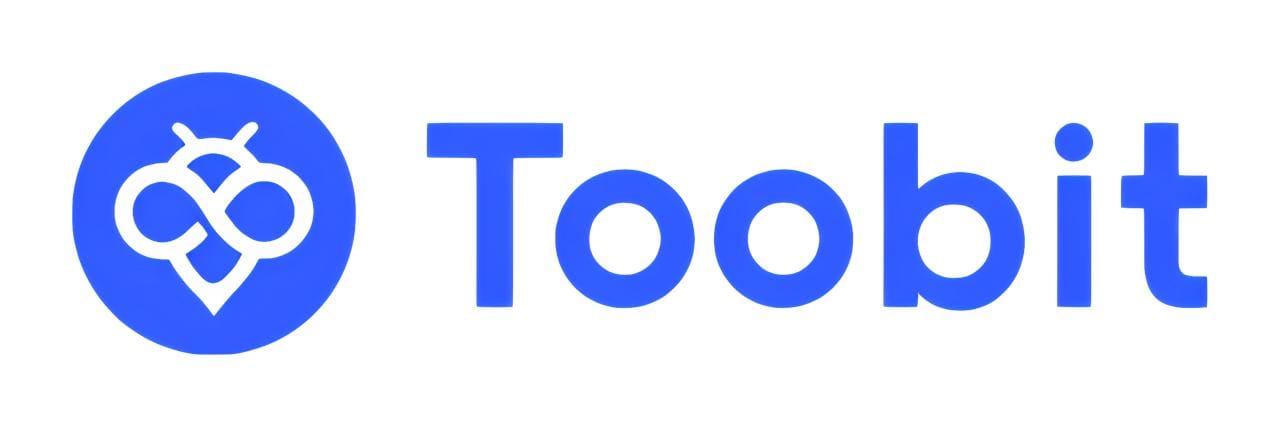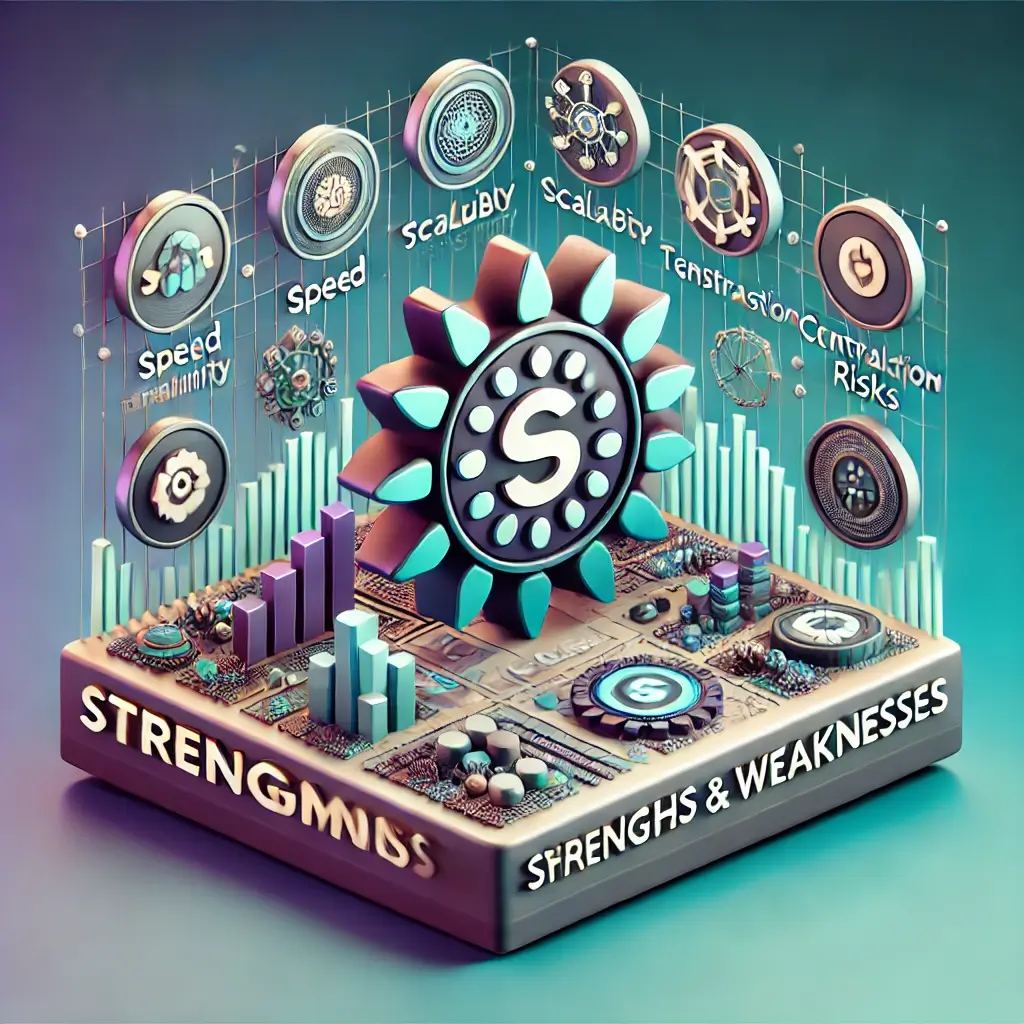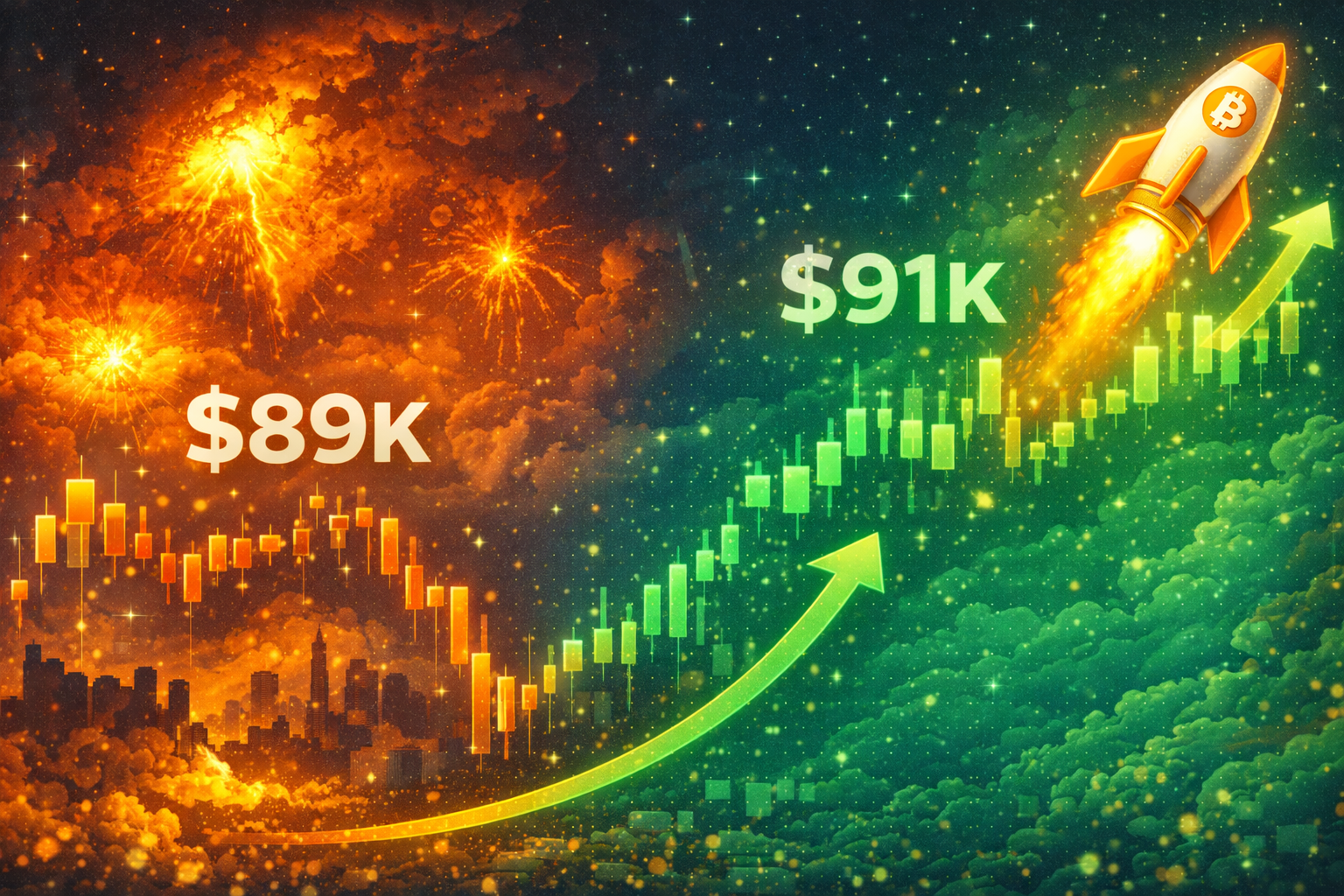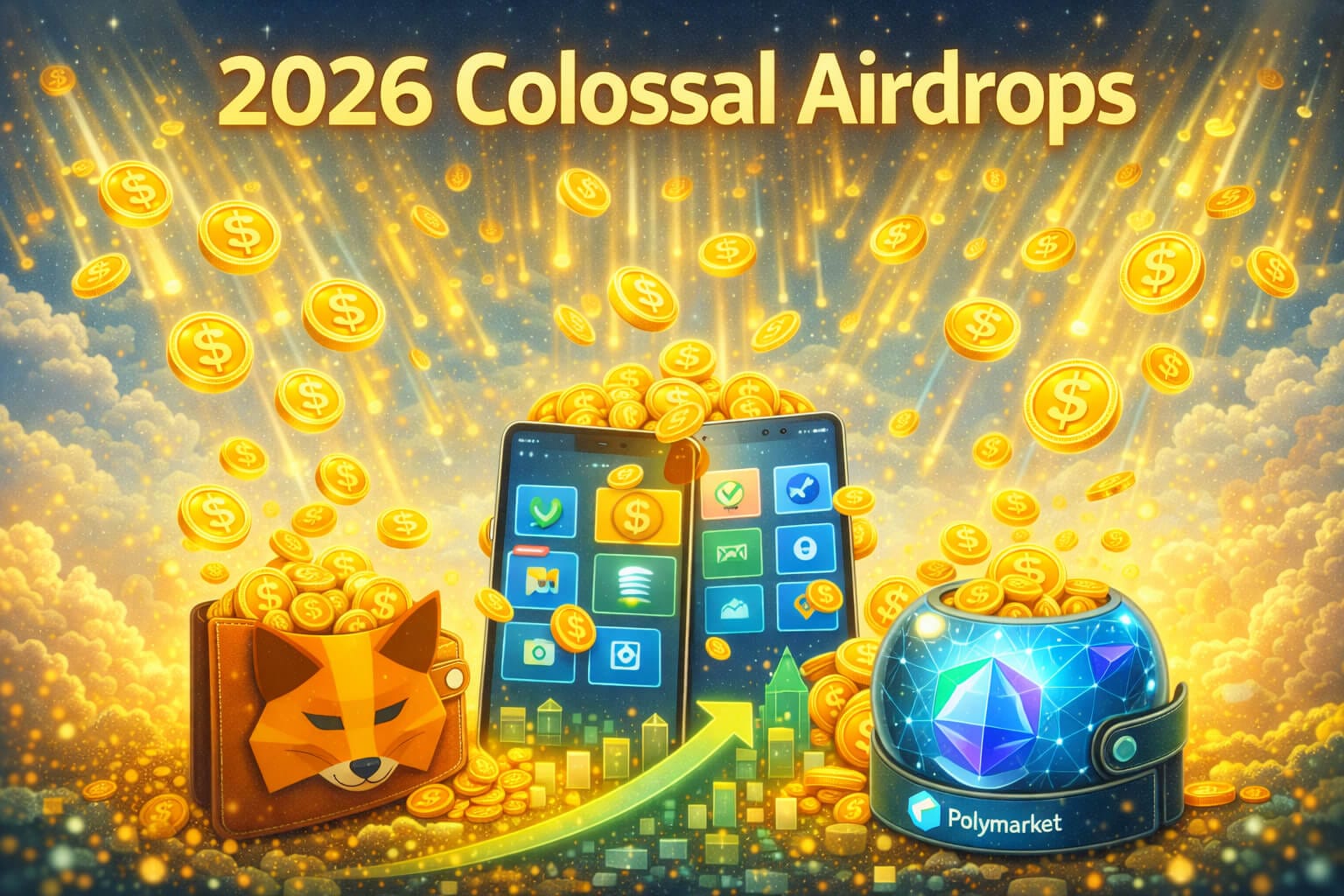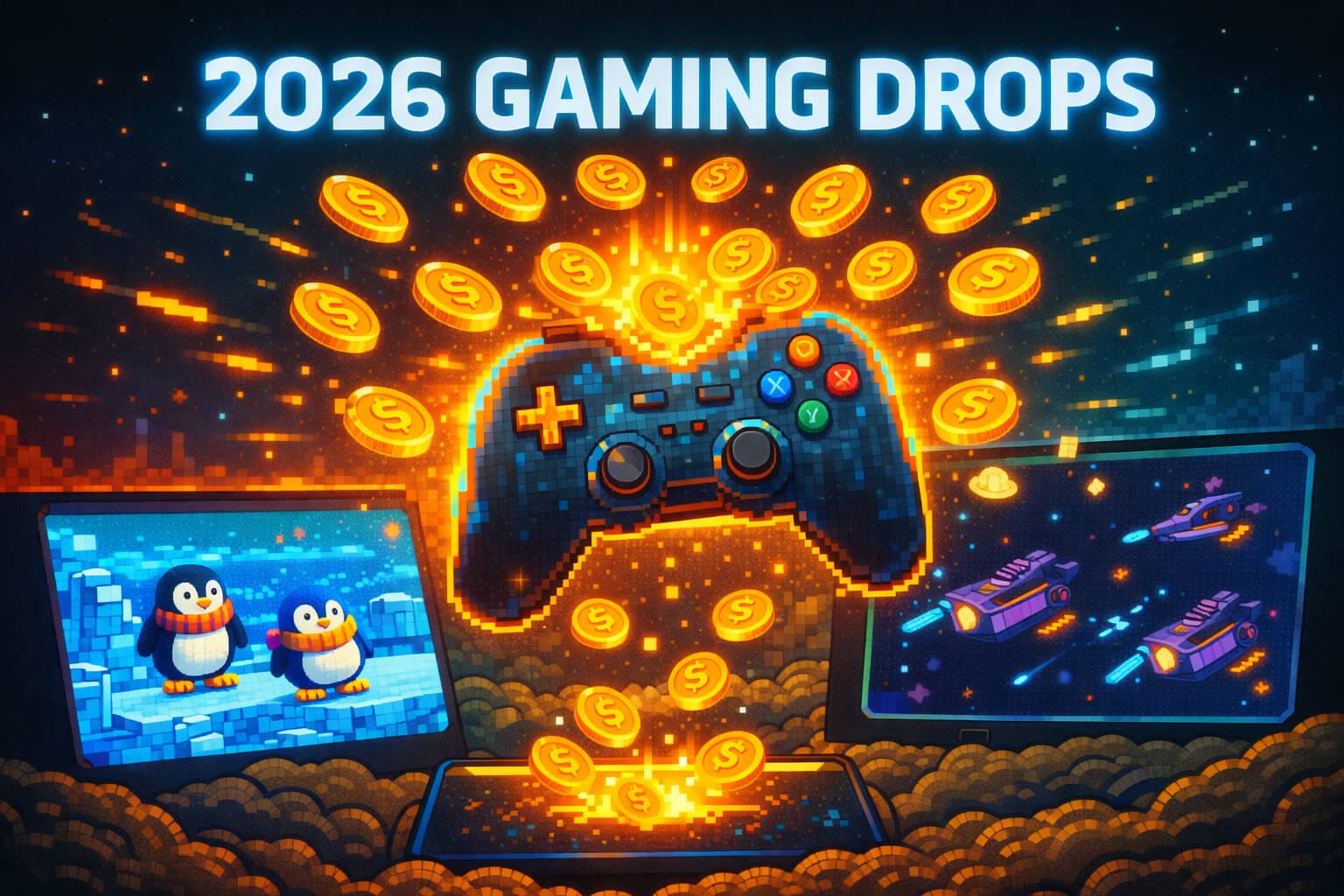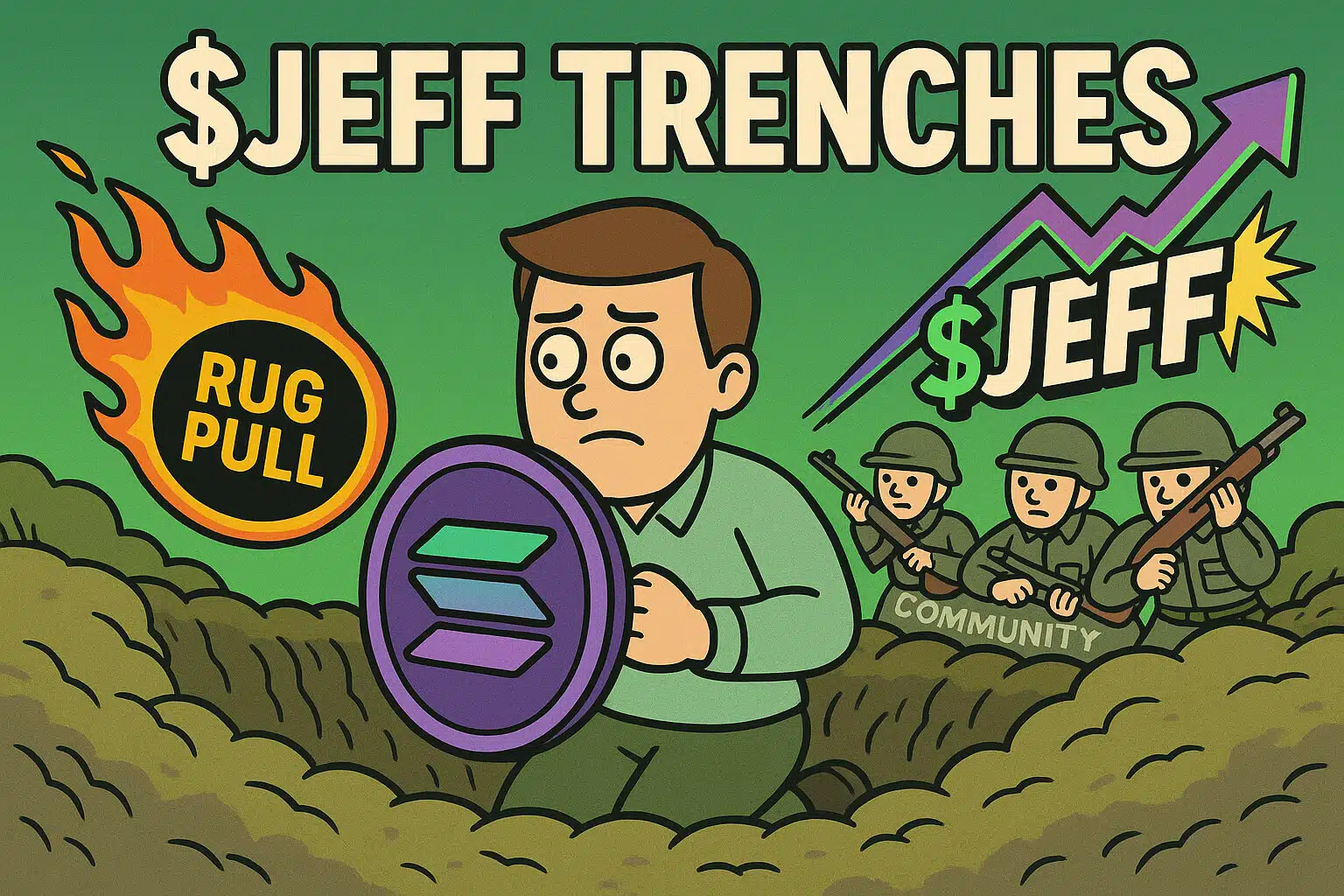A Comprehensive Guide to Solana: Strengths and Weaknesses
Solana has quickly risen through the ranks to become one of the most prominent blockchain platforms in the cryptocurrency space. Known for its high performance and scalability, Solana is often seen as a direct competitor to Ethereum, especially in the realm of decentralized applications (dApps) and decentralized finance (DeFi). However, like any technology, Solana has its strengths and weaknesses. This comprehensive guide to Solana will explore these aspects in detail, providing you with the latest insights into this rapidly growing blockchain network.
1. Overview of Solana: A High-Performance Blockchain
Overview:
Solana is a high-performance blockchain that was launched in 2020 by Solana Labs, founded by Anatoly Yakovenko. Solana’s primary selling point is its ability to process transactions at a significantly faster rate than most other blockchains. It achieves this through its unique consensus mechanism, known as Proof of History (PoH), which is combined with Proof of Stake (PoS). This innovative approach allows Solana to process thousands of transactions per second (TPS) with low fees, making it an attractive platform for developers and users alike.
Why Solana Matters:
Solana’s focus on speed and scalability addresses some of the most pressing issues in the blockchain space, particularly the bottlenecks seen in networks like Ethereum. As a result, Solana has attracted a growing number of projects, especially in DeFi and NFTs, positioning itself as a key player in the next generation of blockchain technology.
Learn More:
2. Strengths of Solana: What Sets It Apart
Overview:
Solana’s rapid rise can be attributed to several strengths that set it apart from other blockchain platforms. These strengths make Solana particularly well-suited for applications that require high throughput and low latency.
Key Strengths:
- Scalability: Solana’s architecture allows it to scale without the need for Layer 2 solutions or sharding. The network can handle over 65,000 TPS, making it one of the fastest blockchains in operation.
- Low Transaction Costs: The average transaction fee on Solana is just a fraction of a cent, making it economically viable for a wide range of applications, from microtransactions to complex smart contracts.
- Developer-Friendly Environment: Solana provides robust developer tools and a thriving ecosystem, making it easier for developers to build and deploy dApps quickly.
- Strong Ecosystem: Solana has a rapidly growing ecosystem with numerous projects across DeFi, NFTs, and Web3, attracting both developers and users to its platform.
Why These Strengths Matter:
These strengths not only enhance Solana’s appeal to developers and businesses but also position it as a leading platform for the future of decentralized applications and financial services.

3. Weaknesses of Solana: Challenges and Limitations
Overview:
Despite its many strengths, Solana is not without its challenges and limitations. Understanding these weaknesses is crucial for anyone considering building on or investing in the Solana network.
Key Weaknesses:
- Centralization Concerns: Solana’s consensus mechanism, while efficient, has raised concerns about centralization. The network is often criticized for having a relatively small number of validators compared to other blockchains, which could pose risks to its decentralization.
- Network Outages: Solana has experienced several network outages, with the most notable one in September 2021 when the network was down for 17 hours. These outages have raised concerns about the network’s reliability and its ability to handle large-scale operations.
- Ecosystem Maturity: While Solana’s ecosystem is growing rapidly, it is still relatively young compared to Ethereum. This means that while there is potential, there is also a higher risk associated with the projects built on Solana.
- Security Risks: As a relatively new platform, Solana has yet to undergo the same level of scrutiny and battle-testing as more established networks like Bitcoin and Ethereum. This could lead to potential security vulnerabilities.
Why These Weaknesses Matter:
Acknowledging these weaknesses is important for developers and investors, as it provides a more balanced view of the platform’s capabilities and risks. While Solana offers impressive performance, these challenges highlight the importance of continued development and improvement.
4. Solana vs. Ethereum: A Comparative Analysis
Overview:
Solana is often compared to Ethereum due to its focus on smart contracts and decentralized applications. However, there are significant differences between the two platforms, each with its own set of advantages and challenges.
Comparison:
- Performance: Solana’s TPS far exceeds Ethereum’s, which currently handles around 30 TPS. This gives Solana a significant advantage in terms of speed and scalability.
- Cost: Transaction fees on Solana are much lower than on Ethereum, which has struggled with high gas fees, particularly during periods of high network activity.
- Ecosystem: While Ethereum has a more mature and extensive ecosystem, Solana is rapidly catching up, particularly in the areas of DeFi and NFTs.
- Security: Ethereum has a longer track record and has undergone more extensive security audits, making it more battle-tested than Solana.
Why This Matters:
Understanding the differences between Solana and Ethereum helps users and developers choose the platform that best suits their needs. While Solana offers superior performance, Ethereum’s security and maturity make it a more reliable choice for certain applications.
5. The Future of Solana: Opportunities and Challenges
Overview:
Solana’s future is bright, but it is not without challenges. As the blockchain space continues to evolve, Solana will need to address its weaknesses and capitalize on its strengths to maintain its position as a leading platform.
Opportunities:
- Expansion of Ecosystem: Solana’s ecosystem is expected to continue growing, with more projects, developers, and users joining the network. This will enhance the platform’s overall value and utility.
- Layer 1 Competitor: As a high-performance Layer 1 blockchain, Solana is well-positioned to compete with other leading platforms like Ethereum, Binance Smart Chain, and Avalanche.
- Innovation in DeFi and NFTs: Solana is likely to remain at the forefront of innovation in decentralized finance and non-fungible tokens, areas where it has already seen significant success.
Challenges:
- Maintaining Decentralization: To address concerns about centralization, Solana will need to work on increasing the number of validators and ensuring that the network remains decentralized as it scales.
- Improving Reliability: Solana must continue to improve its network stability and reduce the risk of outages to gain the trust of developers and users.
- Security Enhancements: As the network grows, enhancing security will be critical to protecting against potential threats and vulnerabilities.
Why This Matters:
Solana’s ability to navigate these opportunities and challenges will determine its long-term success. As the blockchain industry grows, Solana’s performance and adaptability will be key factors in its continued growth.
Conclusion
The Comprehensive Guide to Solana highlights the strengths and weaknesses of one of the most innovative blockchain platforms in the industry. Solana’s high performance, scalability, and developer-friendly environment make it a strong contender in the blockchain space. However, it also faces challenges that must be addressed to achieve its full potential. As Solana continues to evolve, it will be essential to watch how the platform addresses these challenges and seizes new opportunities.
For more insights and educational resources on cryptocurrency, visit our Cryptocurrency section.
Stay Updated
For the latest updates on Solana, its ecosystem, and other cryptocurrencies, follow us on:
- Twitter: https://twitter.com/FreeCoins24
- Telegram: https://t.me/freecoins24
Stay informed with the latest strategies and insights in the world of cryptocurrency at FreeCoins24.io.
Special Offer
Ready to explore the Solana ecosystem further? Sign up on Bybit today and claim up to $30,000 in deposit bonuses. Start trading with confidence on a platform trusted by millions.
